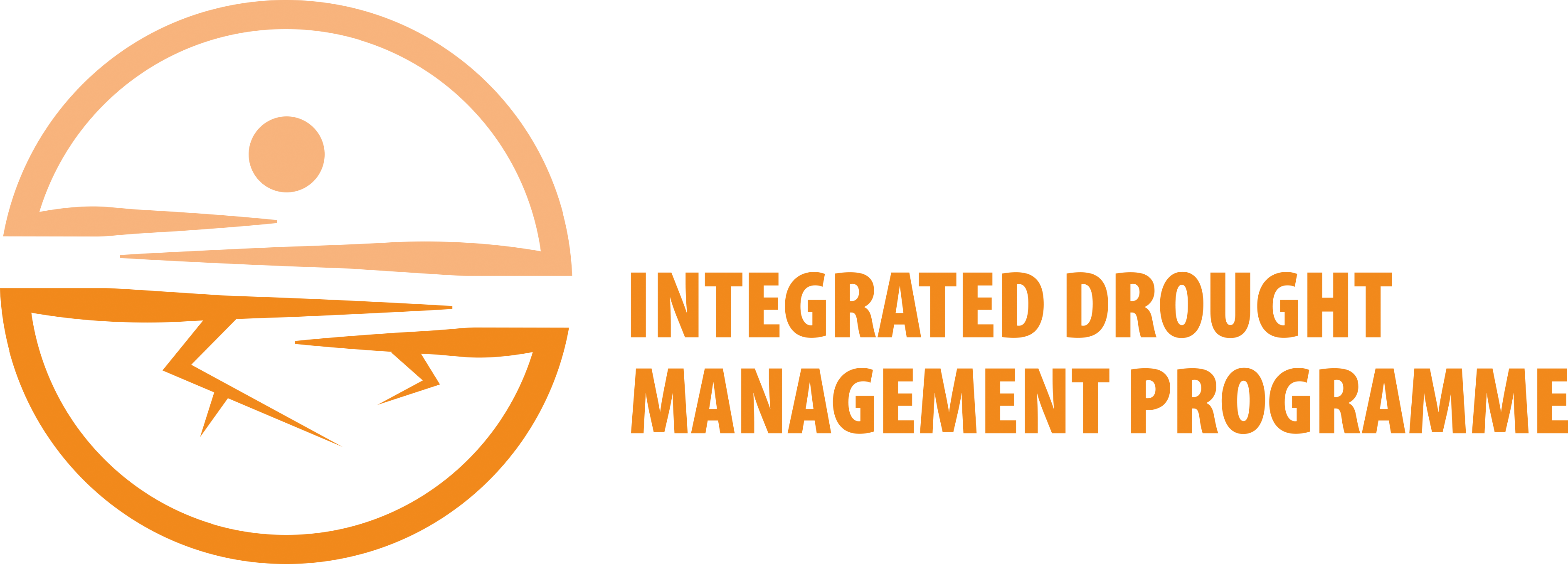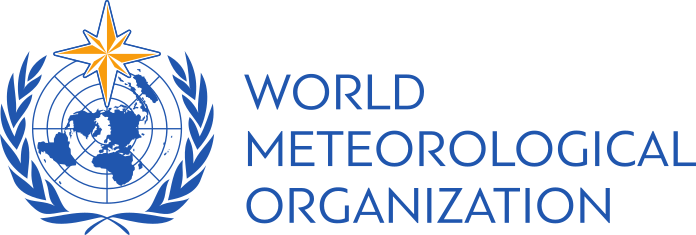Global Land Data Assimilation System (GLDAS)
Index name: Global Land Data Assimilation System (GLDAS).
Ease of use: Green.
Origins: Rodell led the work, which involved scientists from NASA and NOAA in the United States.
Characteristics: Uses a system of surface and remotely sensed data along with land surface models and data assimilation techniques to provide data on terrestrial conditions. Output includes soil moisture characteristics, which are a good drought indicator.
Input parameters: Land surface models, surface-based meteorological observations, vegetation classifications and satellite data.
Applications: Useful for determining river and streamflow projections as well as runoff components based on current conditions; ideal for monitoring droughts that have multiple impacts.
Strengths: As it is global in nature and available at a high resolution, it can represent most areas. Useful for monitoring developing drought in areas that are data poor.
Weaknesses: The grid size is not sufficiently fine for island nations. Only areas that lack near-real-time surface observations are represented by the data assimilation process.
Resources: The methodology and inputs are well described in the literature. Output is available online at the National Center for Atmospheric Research (NCAR) webpage on NLDAS: North American Land Data Assimilation System; the NASA webpage on LDAS Land Data Assimilation Systems and the Goddard Earth Sciences Data and Information Services Center (GES DISC) data collection of GLDAS.
References:
Mitchell, K., D. Lohman, P. Houser, E. Wood, J. Schaake, A. Robock, B. Cosgrove, J. Sheffield, Q. Duan, L. Luo, R. Higgins, R. Pinker, J. Tarpley, D. Lettenmaier, C. Marshall, J. Entin, M. Pan, W. Shi, V. Koren, J. Meng, B. Ramsay and A. Bailey, 2004: The multi-institution North American Land Data Assimilation System (NLDAS): utilizing multiple GCIP products and partners in a continental distributed hydrological modelling system. Journal of Geophysical Research, 109:D07S90. DOI: 10.1029/2003JD003823.
Rodell, M., P. Houser, U. Jambor, J. Gottschalck, K. Mitchell, C.-J. Meng, K. Arsenault, B. Cosogrove, J. Radakovich, M. Bosilovich, J. Entin, J. Walker, D. Lohmann and D. Toll, 2004: The Global Land Data Assimilation System. Bulletin of the American Meteorological Society, 85(3): 381–394. DOI: 10.1175/BAMS-85-3-381.
Xia, Y., K. Mitchell, M. Ek, J. Sheffield, B. Cosgrove, E. Wood, L. Luo, C. Alonge, H. Wei, J. Meng, B. Livneh, D. Lettenmaier, V. Koren, Q. Duan, K. Mo, Y. Fan and D. Mocko, 2012: Continental-scale water and energy flux analysis and validation for the North American Land Data Assimilation System project phase 2 (NLDAS-2): 1. Intercomparison and application of model products. Journal of Geophysical Research, 117: D03109. DOI: 10.1029/2011JD016048.


